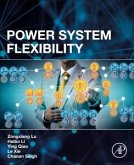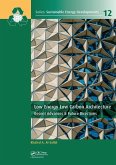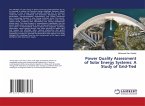As the world shifts to more renewable energy, especially variable ones such as wind and solar, a paradigm shift in the power sector has gradually taken place to meet the transition. In particular is the growing trend of more focus on the so-called "Power System Flexibility" in the academic and industrial sectors in this field.In structural engineering, the flexibility method, also called the method of consistent deformations, is the traditional method for computing member forces and displacements in structural systems. Its modern version formulated in terms of the members' flexibility matrices also has the name the matrix force method due to its use of member forces as the primary unknowns. It is the inverse of stiffness. Unlike the matrix stiffness method, where the members' stiffness relations can be readily integrated via nodal equilibrium and compatibility conditions. With member forces as the primary unknowns, the number of nodal equilibrium equations is in-sufficient for solution, in general - unless the system is statically determinate.
Bitte wählen Sie Ihr Anliegen aus.
Rechnungen
Retourenschein anfordern
Bestellstatus
Storno








